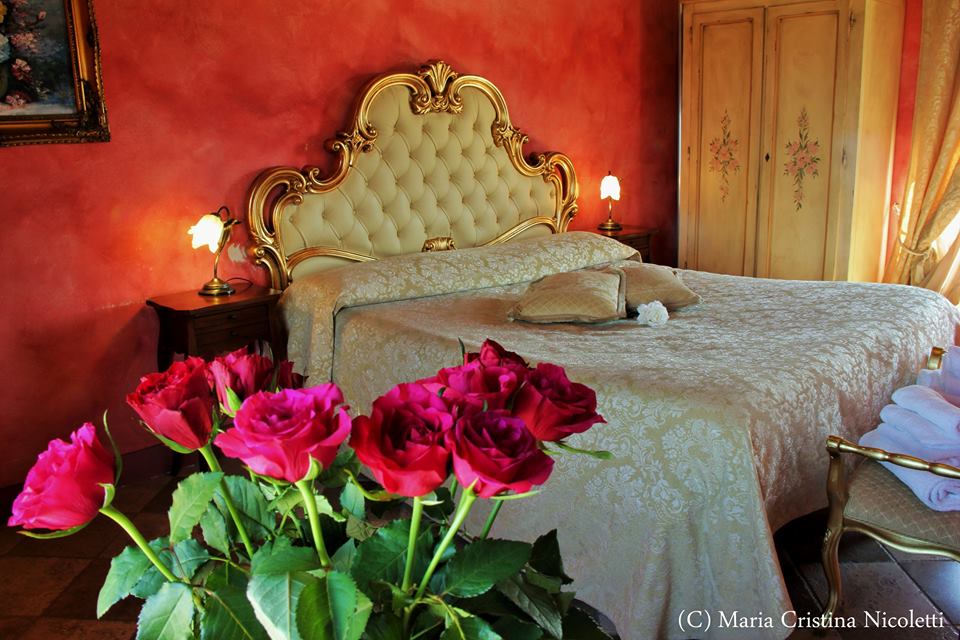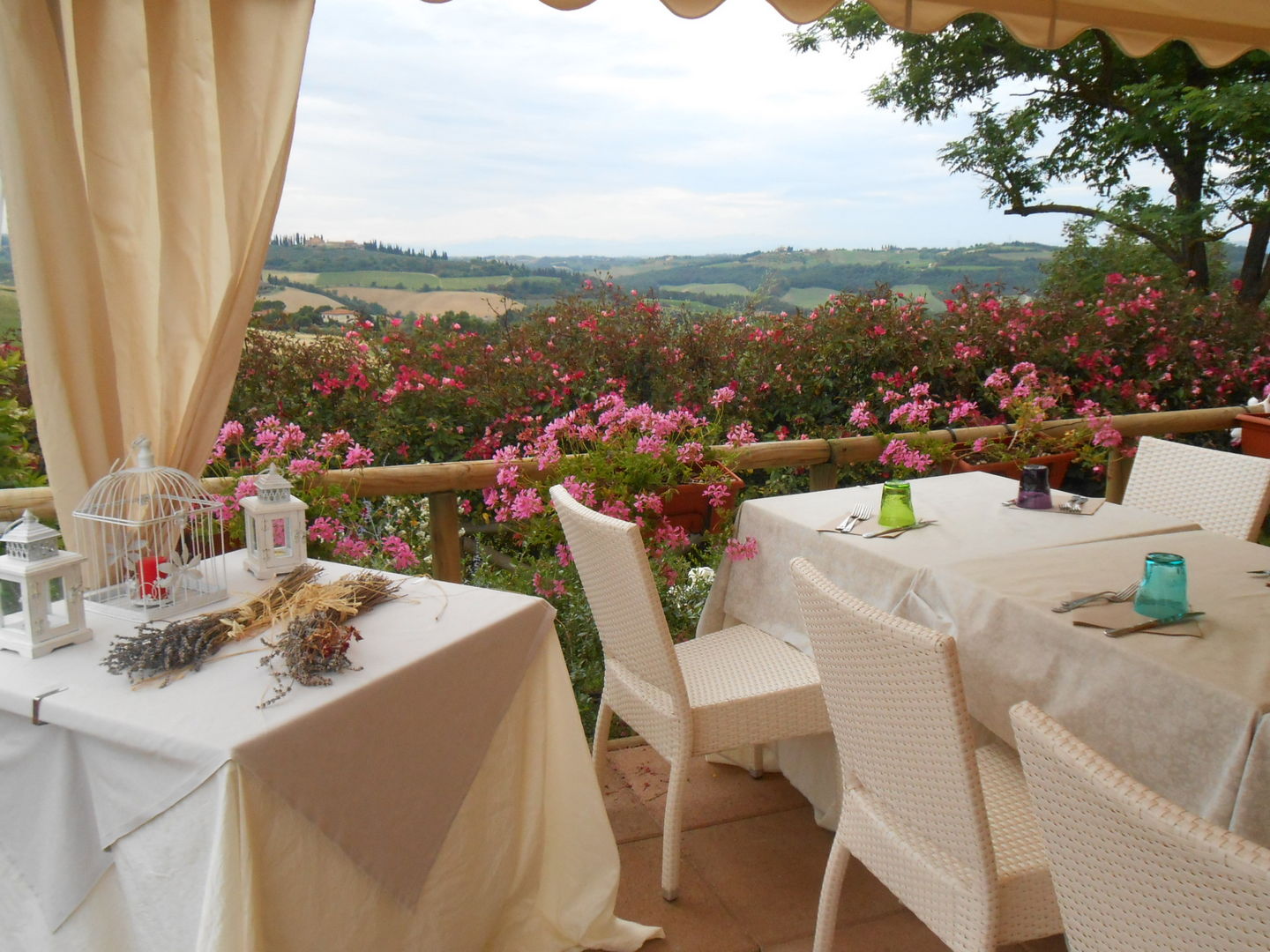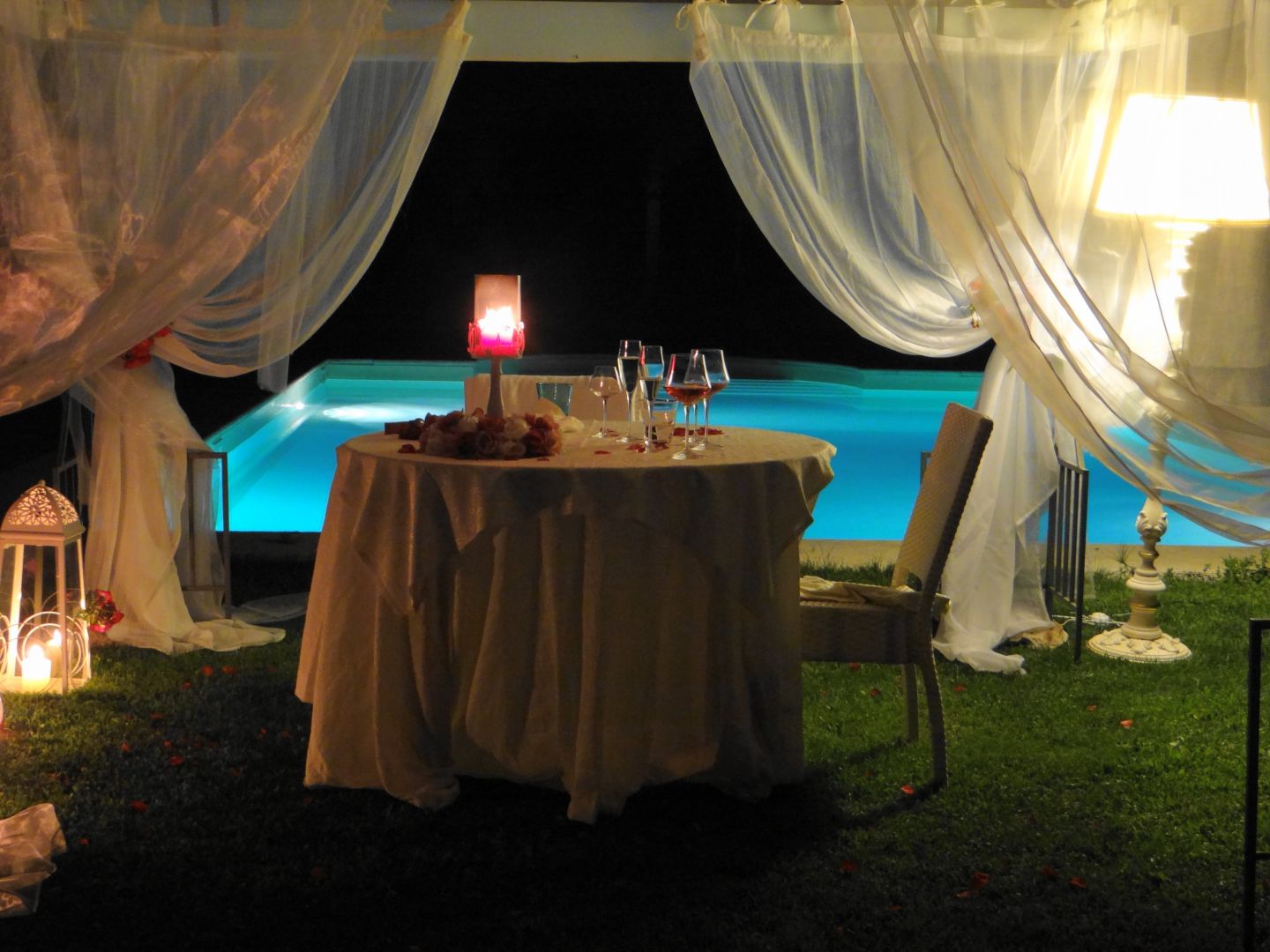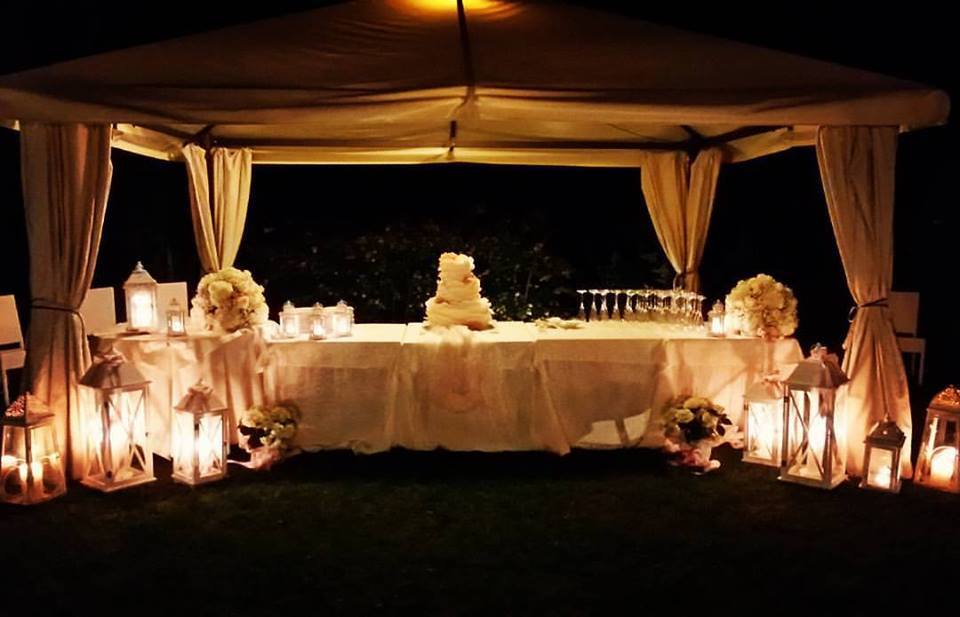Via Francigena
Walking in History
The Via Francigena is an itinerary of history, a main road traveled in the past by thousands of pilgrims who brought them from Canterbury to Rome.

Via Francigena in brief
The Via Francigena is the testimony of the importance of pilgrimage in medieval times: it had to be done mainly on foot (for penitential reasons) with a path of 20-25 kilometers a day and carried within itself a fundamental devotional aspect: the pilgrimage to the Holy Places of the Christian religion.
The great poles of attraction of this humanity on the way were three: the most important Rome, place of the martyrdom of Saints Peter and Paul; then Santiago de Compostela, where the apostle St. James had chosen to rest in peace and naturally Jerusalem in the Holy Land.
The pilgrim did not travel alone but in groups and carried with him the insignia of the pilgrimage (the shell for Santiago de Compostela, the cross for Jerusalem, the key for St. Peter in Rome).
These pilgrimage routes were indeed places of penance and devotion but, at the same time, they were also routes of intense trade and commerce and even the routes traveled by the marching armies.

The stages of the Via Francigena
a short distance from the Taverna di Bibbiano there are 4 stages of the Via Francigena. Let’s see what they are together.

Stage n. 31 Gambassi Terme to San Gimignano
Distance: 13Km
An interesting stage for the beauty of the views that surround the Via Francigena.
It is possible to visit the Sanctuary of Pancole along the way, then going up towards the characteristic village of Collemucioli, to then reach the beautiful Pieve di Cellole.
At the end of the stage it is possible to visit the splendid turreted town of San Gimignano, one of the most popular destinations in Tuscany. Reaching it on foot, crossing enchanting places, makes it even more special and unique.

Stage n. 32 San Gimignano to Monteriggioni
Distance: 31Km
This is one of the most beautiful stages of the Via Francigena.
Leaving S. Gimignano, after a stretch of ups and downs, we arrive near one of the stages of Sigerico, which has not yet been precisely located: Molino d’Aiano.
We continue towards Badia a Coneo, Gracciano and then to Strove, with its beautiful Romanesque church.
We pass through the splendid complex of Abbadia a Isola before reaching Monteriggioni, with its unmistakable crown of towers.

Stage n. 33 Monteriggioni to Siena
From Monteriggioni, take the dirt roads of the Sienese hill towards Cerbaia, an ancient medieval village today in a state of neglect.
After a path in the woods you reach the castles of the Chiocciola and Villa, before descending into Pian del Lago.
From here, go along a stretch of asphalt before turning left onto Via dell’Osteriaccia.
With a short detour it is possible to visit the wonderful Hermitage of San Leonardo al Lago.
You then cross the Renai wood before arriving at Porta Camollia, the traditional Francigenous access to Siena.

stage n. 34 Siena to Ponte d'arbia
If traveled on a beautiful sunny day, this stage can become unforgettable thanks to the boundless views that can be enjoyed from the ridges of the Val d’Arbia, which are traveled along endless dirt roads.
Behind us we can admire the profile of Siena, lying on the hills on the horizon.
The Grancia di Cuna, an ancient fortified granary, is the main historical attraction of this stretch.




